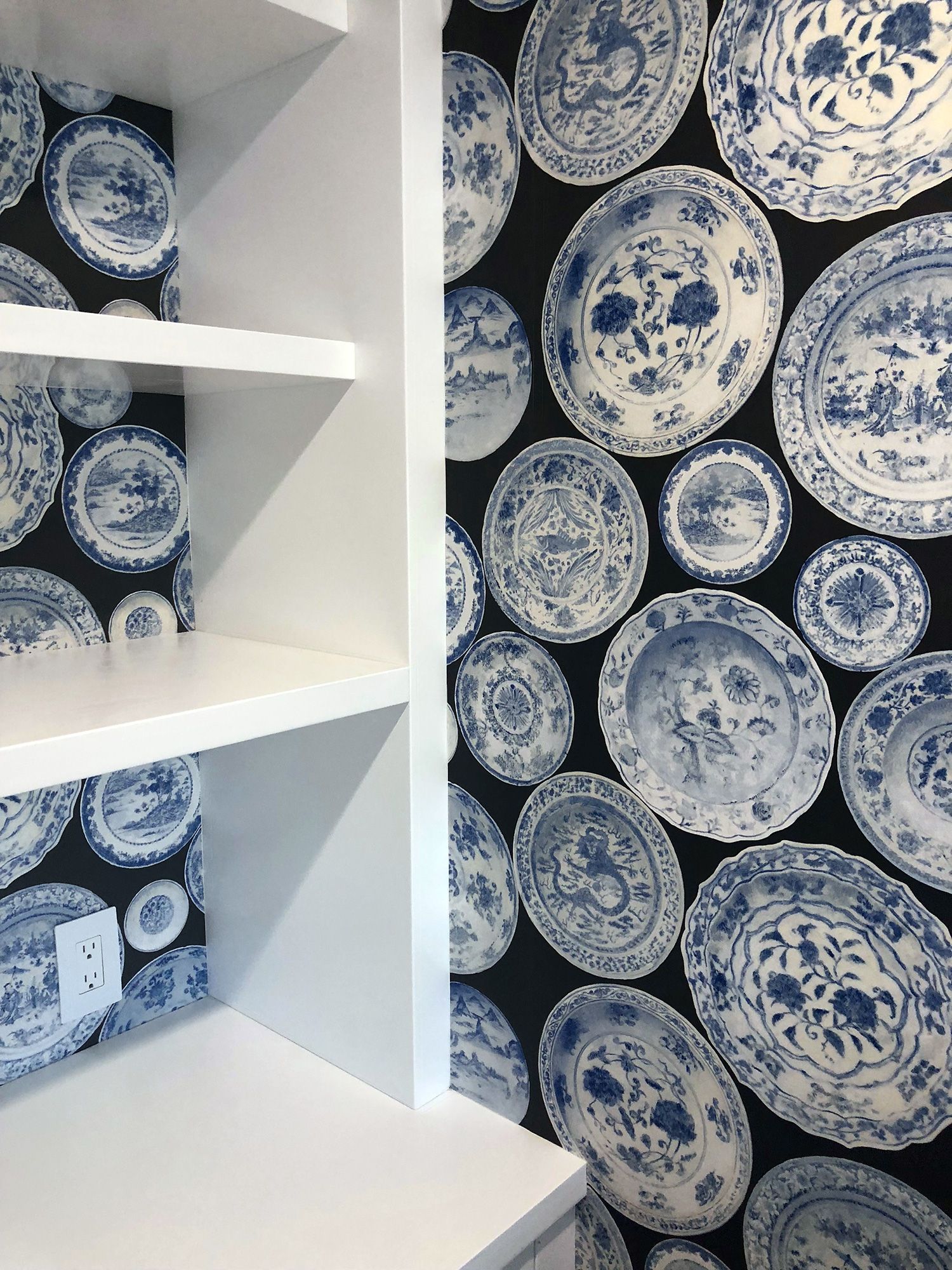
Essential Tools for Your Next DIY Paint Project
Colonial American Sage Benjamin Franklin once said that “the best investment is in the tools of one’s own trade.” While you might not be a professional painter by trade, if you are planning a do-it-yourself painting job at your home or business you’ll want the job to look professional. Thus, you should plan on investing in the tools of the trade.
You undoubtedly know that you will need brushes, rollers, and similar paint application tools, but what other must-have tools will help the paint flow smoothly and optimize the aesthetics of your labor? Why not ask the experts?
FCI Painting has more than 25 years of experience with exterior and interior painting in the Naples, Florida area, which certainly helps make the company experts in the trade. And the investment they make in the tools of their trade include the following:
Prepping for the Paint Job
Wall Cleaners—While not a “tool” per se, cleaning products are a must for prepping surfaces for painting. Soap, water, and a sponge work fine for basic cleaning, but for stains, grease, and accumulated grime, you might want to try trisodium phosphate (TSP). For mold and mildew buildup consider bleach or a professional mold and mildew remover.
Drop Cloths—No matter how careful one is while painting, spills, drops, and splatters happen. Thus, make sure you cover floors and other surfaces that need protecting with drop cloths.
Painter’s Tape and Pro Masking Tools—Along with drop cloths, painters tape helps keep fresh paint off of areas that don’t need painting. A pro masking tool significantly eases the application of painter’s tape by helping align and cut it as needed.
Tape Measure—This simple tool can help you correctly estimate how much paint you’ll need for the job. Measure the width and height of each surface to be covered, times it by two to determine square footage, and then divide total square footage of the job by 350. The calculation is based on one gallon of paint covering 350 square feet, but don’t forget to account for extra coats of paint, if needed.
Putty Knife (and filler)—If your surfaces are cracked, dinged, or otherwise damaged, you’ll want to fill the compromised surface with putty, joint compound, wood filler or other filler. A two-inch putty knife is the perfect tool for smoothing the filled surfaces.
Ladder/Step-Ladder—Unless you know that none of the surfaces to be painted are more than neck high, make sure you have a ladder or step-ladder handy. Trust us, you don’t want to have to reach above eye level to paint for any extended length of time and, if you are painting a ceiling, you’ll definitely need one to complete the job.
Paint Can Opener—paint can openers are specifically designed with a beveled end for a perfect fit between the lid and can’s lip. This eases the opening of paint cans and prevents the lid and can’s lip from being bent or damaged.
Paint Pouring Spout—helps avoid spills and splatters and keeps paint from getting into the can’s lid groove where it will dry and stick to the lid.
Primer—If you’re changing colors with your paint job, you might want to consider applying a first-coat primer. Primers are thicker than paint and help ensure that any underlying colors do not bleed through new paint applications.
Sandpaper/Sander—If you do start your paint job with a primer, you’ll want to smooth the primed surface with sandpaper or a sander. Primers tend to leave an uneven texture, but some quick sanding with #80 to #220 sandpapers will smooth the primed surface for the best paint application.
Now You’re Ready to Apply the Paint
Stirring Sticks—Stirring the paint before application is essential and a simple painter’s stir stick can take care of the job. Most retail paint suppliers will give you a stick or two with your paint purchase.
Brushes and Rollers—You already know that these are the primary tools of the trade, but go for high quality brands and make sure you get different sizes to handle varied size surfaces and/or trim work. For higher surfaces and ceilings, you’ll want to get an extension pole for your rollers.
Roller Trays and Liners—Along with your paint rollers, you’re going to want appropriately sized roller trays to easily load the paint onto the roller. A tray liner helps ease the cleanup because it allows you to just return paint from the roller tray to the can without any need to clean the tray.
Paint Sprayer—If you’re working on especially large surface areas, you might want to consider getting a paint sprayer, which can cover surfaces much faster than traditional brushing and rolling. Just know that you will still need the other tools and that if you haven’t applied paint with a sprayer before it might take a little getting used to.
Paint Removal Strippers—as previously mentioned, pills happen. Thus, make sure you have a paint removal stripper within close reach for the quickest and easiest cleanup.
Consult with a Professional Naples, FL Painting Company
There are other painting tools you can get to help with your DIY paint job, but these are the most essential. Of course, you could always just let master of the trade take care of it. With more than 25 years of professional home and business painting experience in the Naples, Florida area, FCI painting guarantees customer satisfaction. To consult with us about your interior or exterior painting needs in the southwest Florida area, contact FCI Painting online, or by giving us a call at (239) 435-1001.













